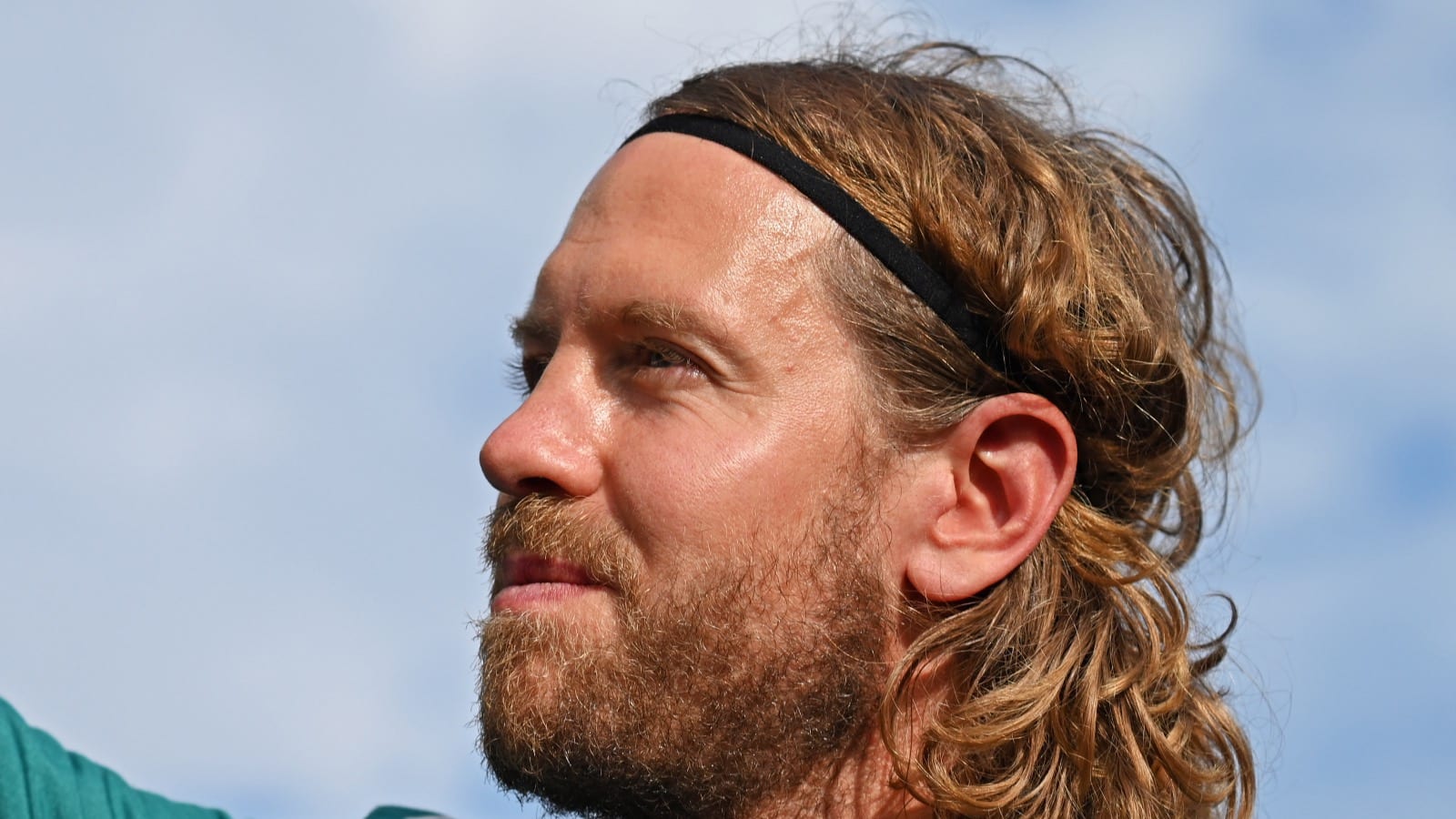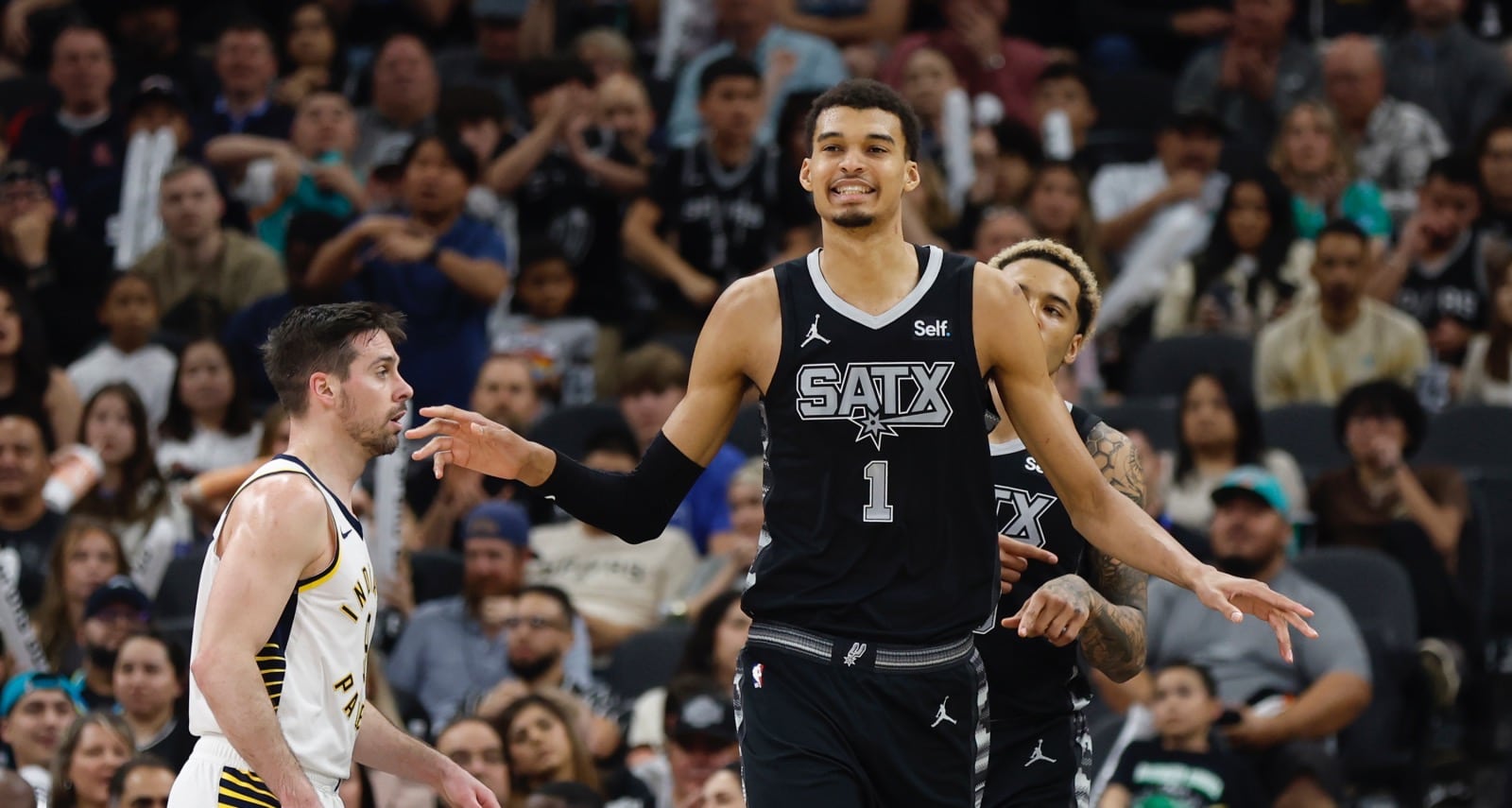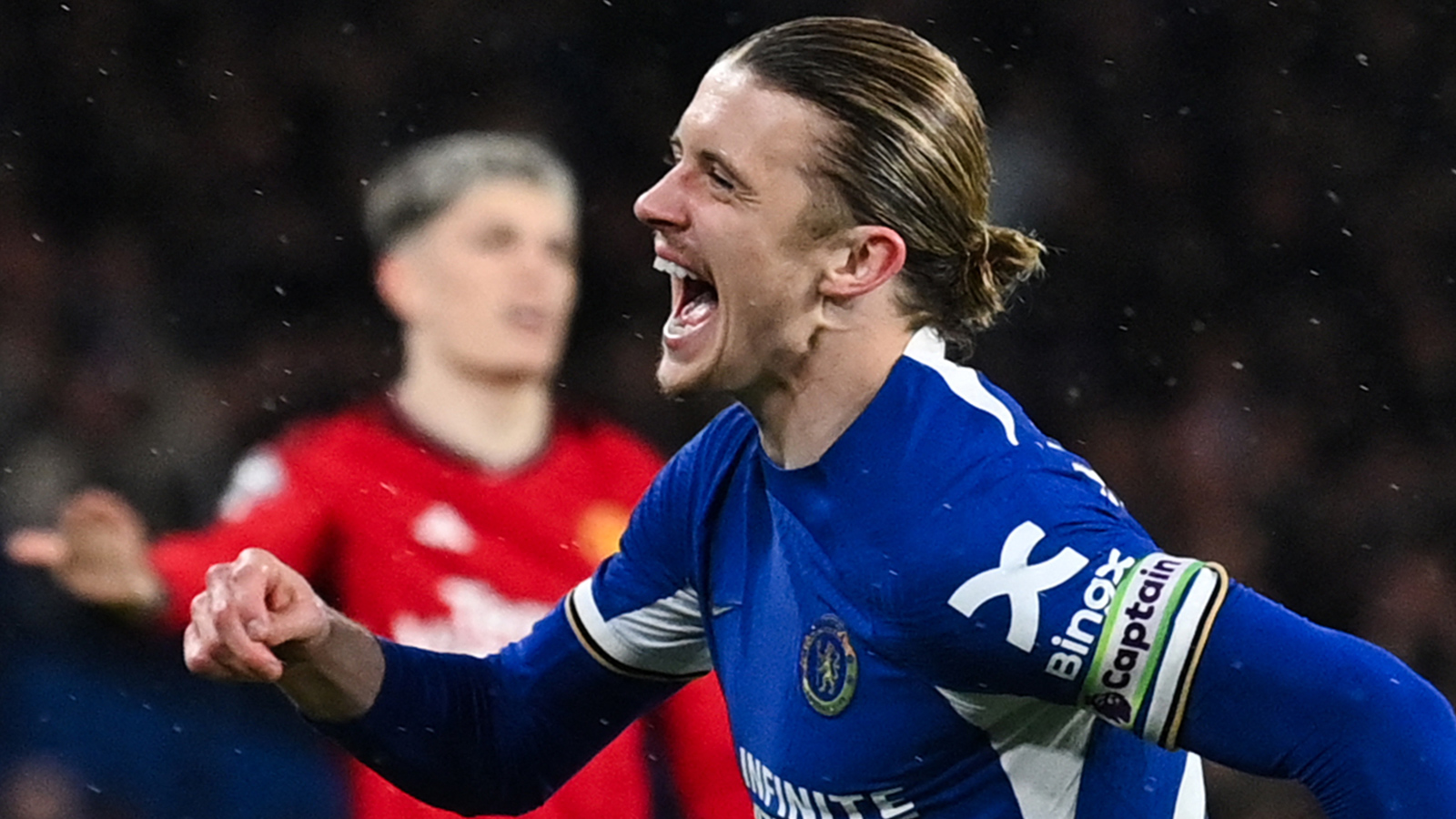The Greatest Athletes Ever to Wear a #7 Jersey
We happen to be at the end of July, folks! Translation: the weakest, most uneventful period throughout the entire sports calendar year. Since the actual sports season is in a slow period, we thought we’d celebrate the seventh month of the year with a list of the best athletes ever to rock the Number 7 on their jersey. This is for you, July — you are all us sports fans have at the moment!
5. Nate “Tiny” Archibald
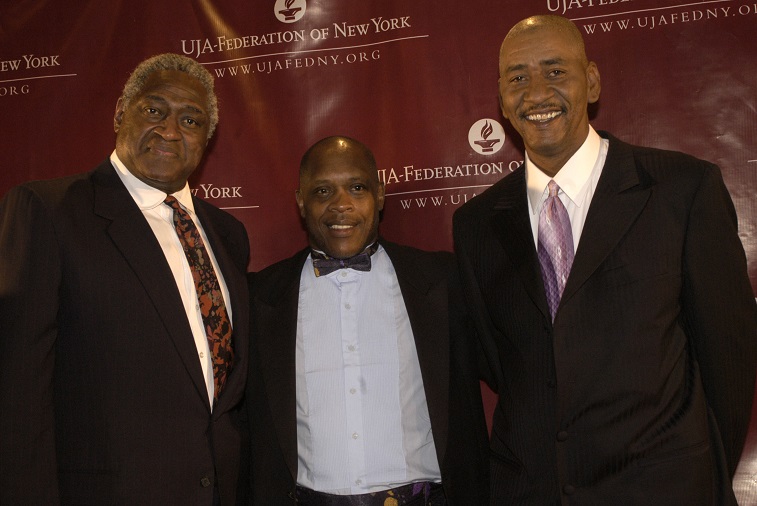
Tiny Archibald made his mark in the NBA through his first six seasons with the Cincinnati Royals (later the Kansas City Kings) with the jersey numbers of 1 and 10, roasting through defenses by slashing to the hole at will, using his adept speed and quickness in the open floor to drive opponents crazy, and dishing out assist after assist to his teammates at a high rate. He even led the NBA in scoring and assists per game during the 1973 season – the only player to ever do that in league history.
However, Tiny makes this list because of his Boston Celtic days wearing the No. 7 from 1978-1983. Tiny joined the storied Boston franchise in 1978 after being traded by the New Jersey Nets after a torn Achilles tendon and boy did he ever reinvigorate his career. Over the course of his five seasons with the Celtics as the starting point guard, Archibald averaged 12.4 ppg and 7.0 apg, helped lead the Celtics to the league’s best record three years in a row (1980-1982), made three All-Star Games, won the 1981 All-Star Game MVP, made an All-NBA Second Team (1981), and most importantly paired with Hall of Famers Larry Bird, Robert Parish, and Kevin McHale to win the 1981 NBA title. We had thoughts about taking Carmelo Anthony with the Knicks or David Beckham with Real Madrid (2003-2007) at this spot, but in the end we’ve got to ride with Tiny here at number five.
4. Ted Lindsay
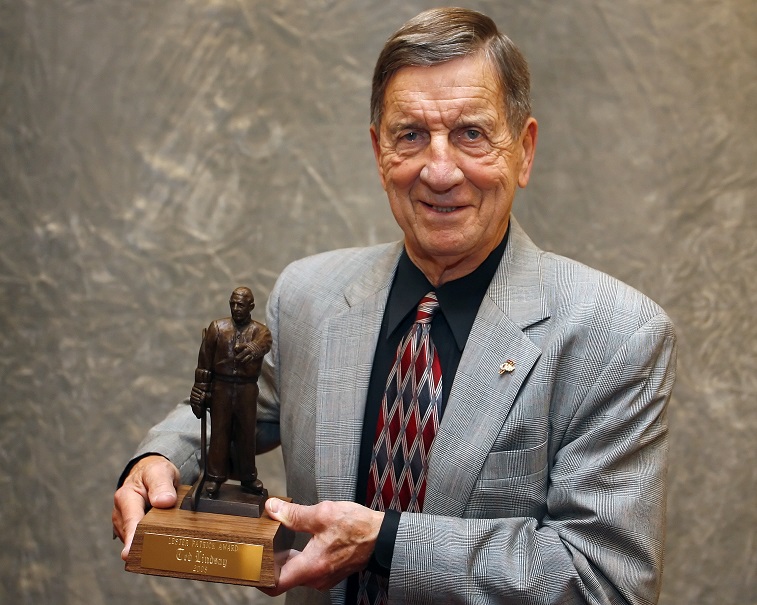
The hockey forward referred to as “Terrible Ted” teamed with a top-three all-time player in right winger Gordie Howe and centre Sid Abel with the Detroit Red Wings during the 1940s and 1950s to form “The Production Line.” The smaller Lindsay along with Howe and Abel formed a high-scoring hockey trio that helped the Red Wings capture four Stanley Cup trophies (1950, 1952, 1954, 1955).
While Gordie Howe was undoubtedly the team’s best player and in fact the NHL’s top player during at the time, Lindsay more than enough held his own on the ice. He scored over 800 points in his career, was an 9-time All-Star, won the Art Ross Trophy in 1950 as the league’s leading scorer, and is credited for starting a tradition of lifting the Stanley Cup and skating around the rink with the Cup so fans could get a close up look at the trophy. Lindsay is also responsible for organizing the first professional hockey players union in the late 1950s, the NHLPA, and gave the players a voice to speak on different issues surrounding the league.
Aside from that, Ted Lindsay will remembered as one of the best – if not the best – left winger in hockey history.
3. Phil Esposito
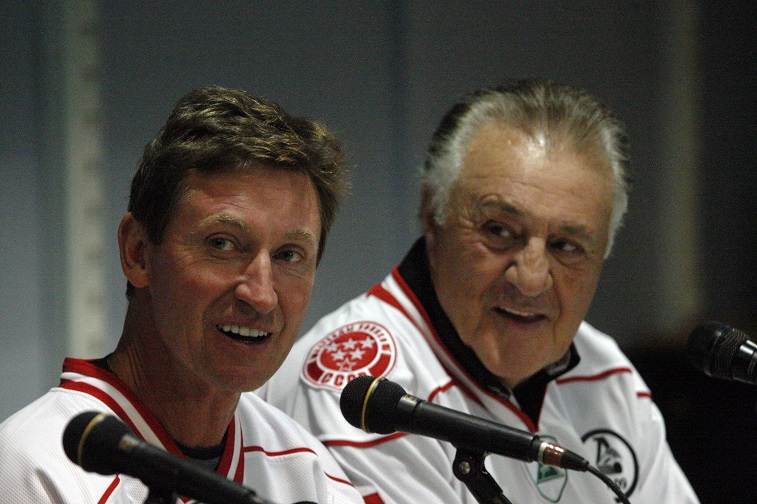
It could be argued that no forward in hockey during the 1960s and 1970s was as good as Phil Esposito. As a Boston Bruin, the 10-time NHL All-Star became the first player in history to accumulate 100 points in a season (1969). In 1971, he set the record for the most goals scored in a season (76), until it was later broken. In the same year, Esposito set the single-season record for most points scored (152), until that record was broken as well.
The bulky and strong Esposito took home five Art Ross Trophies in his career, led the league in goals scored in six straight seasons from 1969-1975, and along with the greatest defenseman in NHL history in Bobby Orr, formed one of the best tandems in hockey history that led the Bruins to Stanley Cup titles in 1970 and 1972.
Esposito does not only have a resolute place in the minds and hearts of long-standing Boston sports fans, but he will also be remembered as one of the finest forwards that ever skated on the ice.
2. John Elway
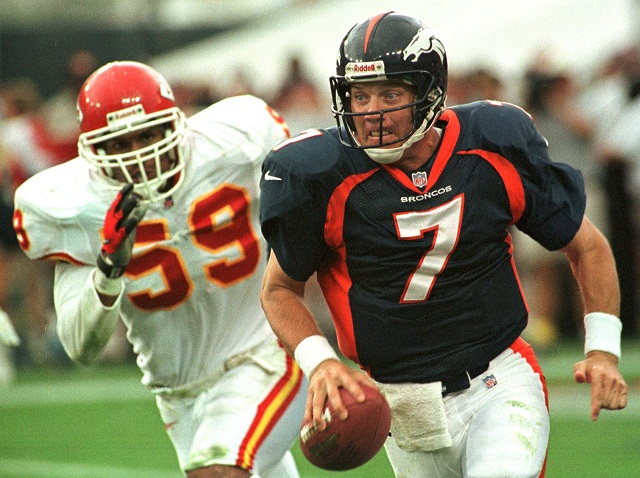
There might not have been a better athlete to play the quarterback position in NFL history. Big, strong, excellent size, and a cannon arm are all the qualities Sir John carried when he walked on the football field. The high-prized No.1 pick in 1983 out of Stanford came into the NFL with as much expectation as maybe any QB ever and boy did he ever live up to the hype. At one point in time (especially during the mid-to-late 1980s), Elway happened to be the most feared quarterback in the game in late-game situations.
Just ask the Cleveland Browns about it in the 1986 AFC Championship Game. They still haven’t recovered from it.
The 9-time Pro Bowler drove opposing defenses crazy and had defensive coordinators guessing because of his unrivaled way of extending a play outside the pocket and the fear that he could and would squeeze bullet passes between defensive backs to get the ball to his receivers. Though it took 14 years, Elway’s unique play would help him finally win that elusive Super Bowl title in 1997 he so long wanted. The next year in 1998, he would win it again. Soon after his second Super Bowl win, Elway walked away from football on top as a champion.
At the time of his retirement, Elway was second all-time in passing yards (51,475), attempts (7,250), and completions (4,123). Elway was a rare kind of quarterback and one that will always be mentioned in the “Best Quarterback Ever” discussion.
1. Mickey Mantle
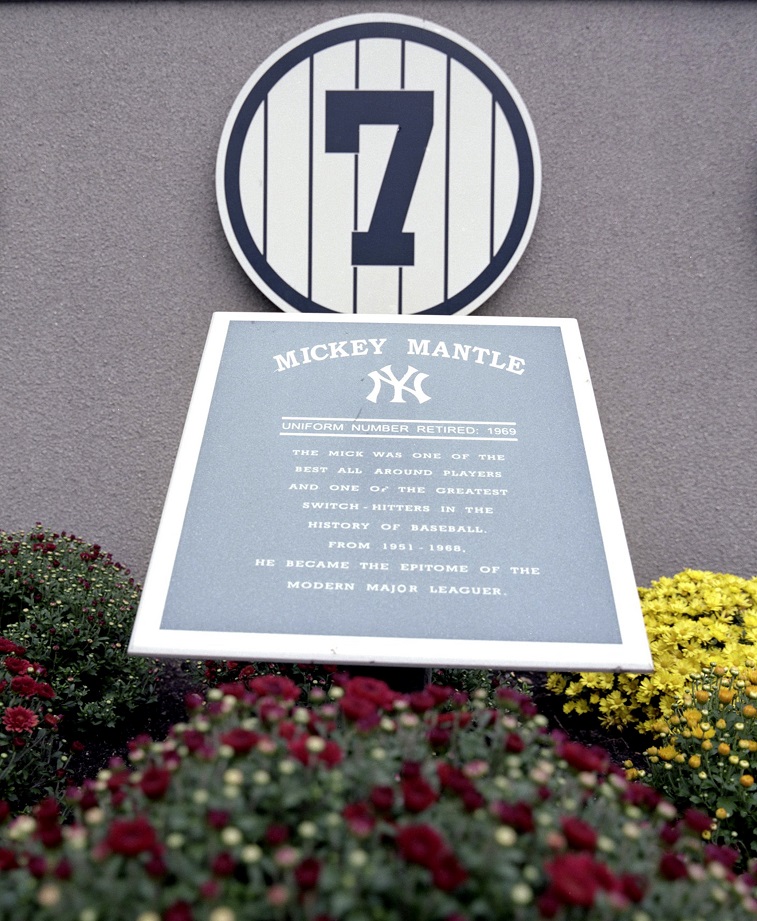
The battle for the “Best Athlete to Wear Number 7” was always a two-horse race between Elway and Mantle and choosing one over the other was surely difficult. In the end, we went with The Mick, who arguably accomplished a little bit more throughout his career than Elway did.
As the centerpiece and superstar player of the mighty and powerful New York Yankees in the 1950 and 1960s, the 20-time All-Star was a type of player that could impact the game in multiple ways that excited baseball fans and gave sportswriters of that time quite a ton to write about and report. The Mick could crush homeruns further than anyone. He could get on-base consistently. He could hit for a high average. His athleticism and quickness on the bases and his phenomenal ability to cover and track down balls in the outfield early in his career was only matched by his main rival, Willie Mays in those days. Mantle had about as much raw and natural talent as possibly any baseball player that’s ever played.
When you compare Mantle and Elway’s resume, than it’s obvious that the athlete who wore #7 and performed in pinstripes, put up a more impressive career. — Seven World Series titles, a three-time AL MVP with four AL Homerun titles. A Triple Crown winner. One of the best postseason hitters ever. The greatest switch hitter ever, and arguably the best pure power hitter of all-time behind Babe Ruth. An American Baseball Icon.
All data provided by Sports-Reference
